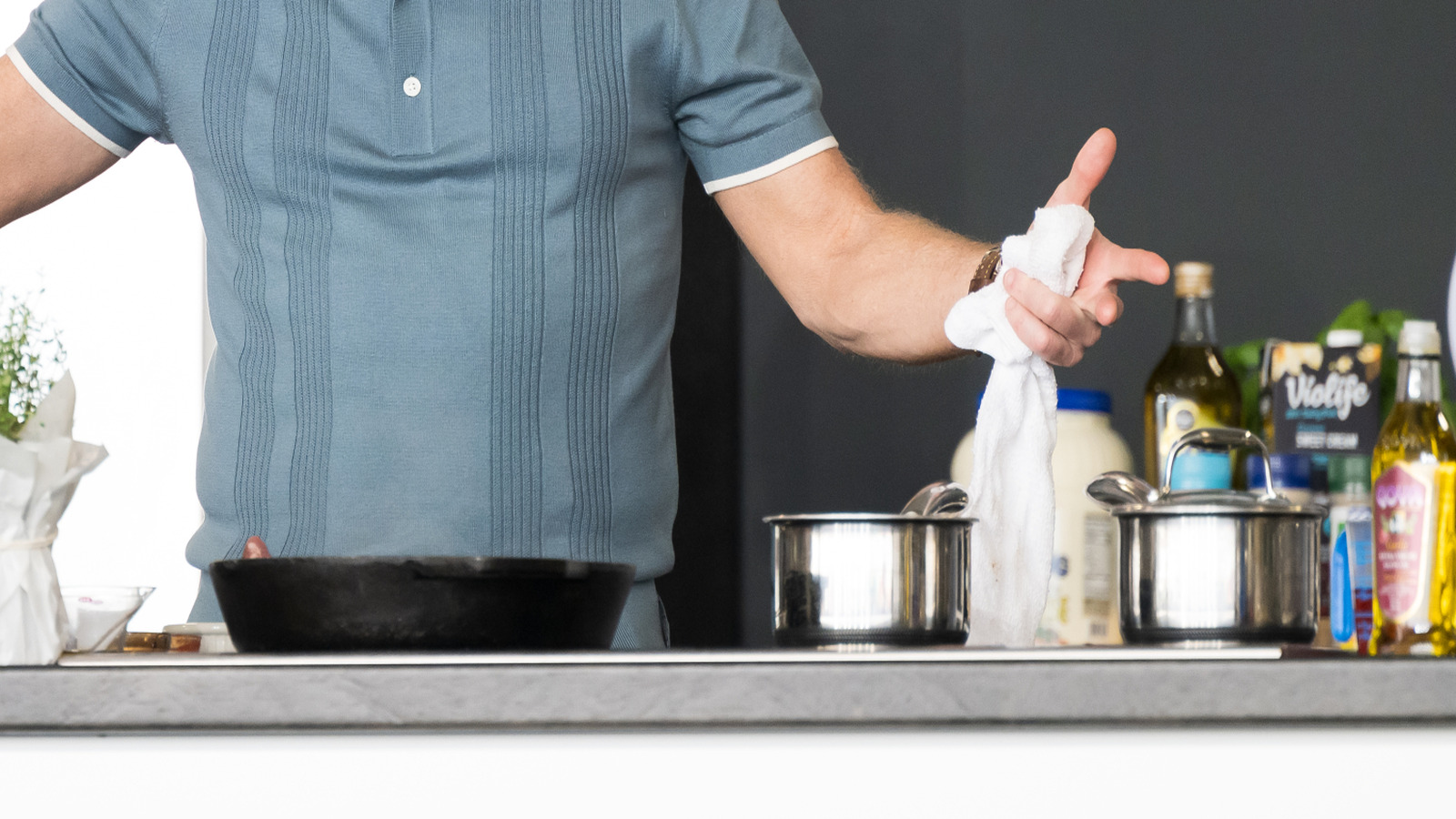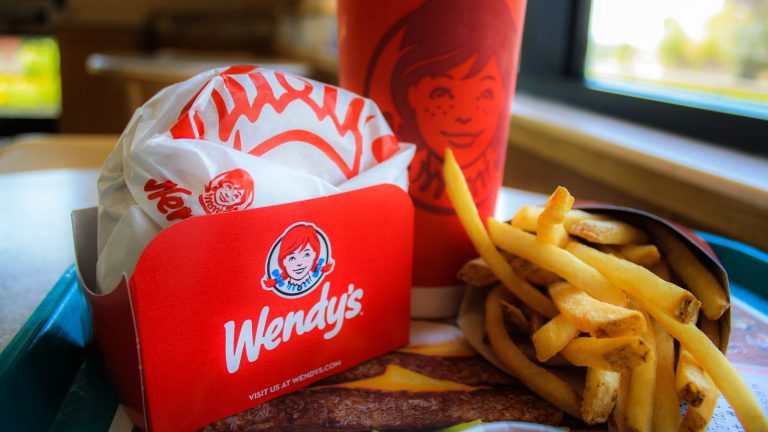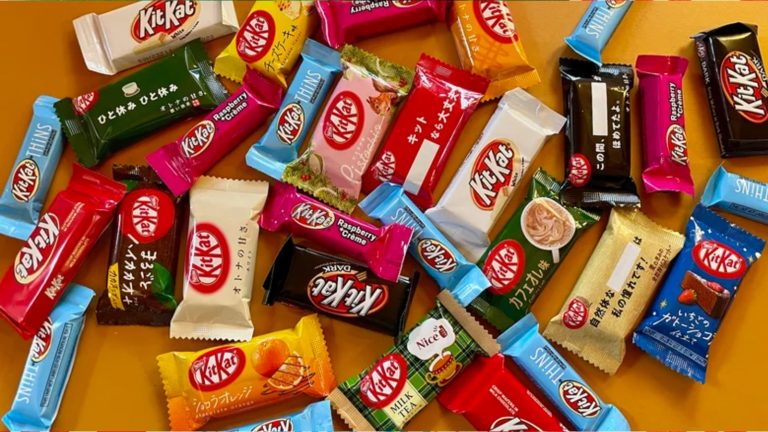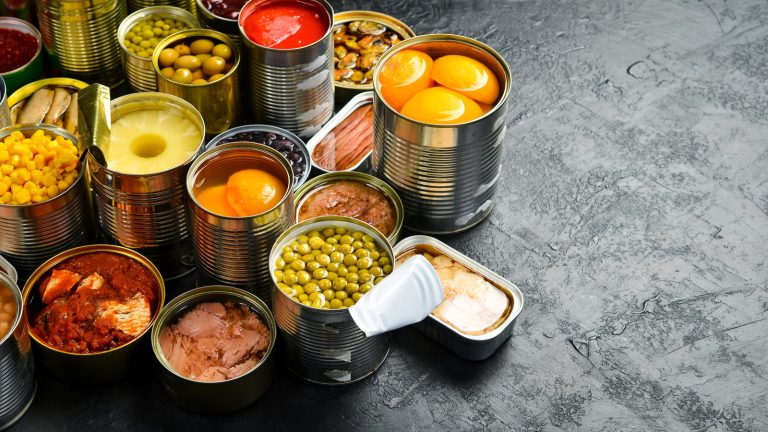Bobby Flay is probably best known for the Southwestern cuisine served at his first restaurant, Mesa Grill – “the restaurant that set my career on fire,” he said on The Today Show — but his cooking expertise spans the globe. He did, after all, graduate from the French Culinary Institute, work under California cuisine champion Jonathan Waxman, and open restaurants focusing on everything from French-American (Bar Americain), Mediterranean (Bolo and Gato), and Jersey Shore surf and turf (Bobby Flay Steak). Still, as evidenced by an analysis of the famous chef’s wins on “Beat Bobby Flay,” there’s one type of cooking that Flay hasn’t seemed to master: Indian cuisine.
According to data scientist Alex Cates, out of the 11 times Flay has been challenged to cook Indian food, his competitor has won nearly 73% of the time. While it’s hard to believe none of Flay’s restaurants have been awarded a Michelin star, his win rate on “Beat Bobby Flay” is pretty strong. Cates’ analysis, from 2022, says that Flay’s overall win rate was 63%. However, in a 2024 interview with “The Sporkful” podcast, he claimed his win rate was more like 65% to 70%. Since launching the show in 2013, Flay has competed in nearly 500 episodes over 38 seasons. Despite his poor odds with Indian cuisine, red curry is one of Flay’s 15 favorite ingredients.
During each episode of the show, two chefs compete to see who will be selected by two of Flay’s friends (often other Food Network chefs) by making dishes using a star ingredient selected by Flay. The selected chef then tries to best Flay by challenging him to cook their signature dish.
Flay also gets tripped up by Chinese, Latin, and Jewish cooking
Chefs have beaten Bobby Flay with an array of Indian dishes. Palak Patel, cookbook author and “Chopped” winner, bested him with her family’s recipe for chicken curry, which relies on toasting the spices before grinding them. The episode’s judges found his dish lacking in heat and the flavors “dainty,” while hers had “the taste of authenticity” (via YouTube). Indian spices — along with an undercooked dough — stumped Flay again when making samosas against Dallas-based chef Vijay Sadhu. Interestingly, Flay’s take on a more traditional palak paneer lost to the more innovative approach of Los Altos chef Manish Tyagi, who transformed the spinach and cheese dish into lasagna.
Flay may also have an Achilles heel when it comes to Chinese food. By the time of Alex Cates’ analysis, the chef had lost 58.3% of the 12 times he and his opponent cooked the cuisine. He lost by nearly that much, 57.1%, when cooking Latin food on seven occasions. (Cates didn’t include Mexican cooking, a heavy influence for Flay’s beloved Southwestern cuisine, in the Latin category.) Despite growing up in New York City, Flay’s Catholic school roots seem to be evident when it comes to cooking Jewish food; he lost those contests three out of three times.
Flay also stumbles a bit when it comes to cooking lobster, meat, vegetarian food, and desserts — all giving him 50/50 odds of winning. However, given that Flay says he would choose a cheeseburger as his last meal, it should come as no surprise that he does much better with beef, where his win rate is nearly 71%.






